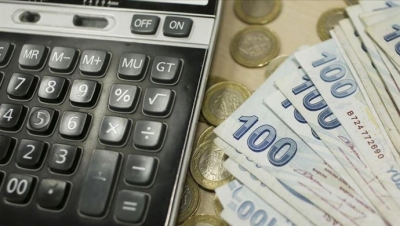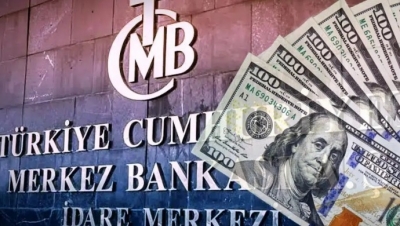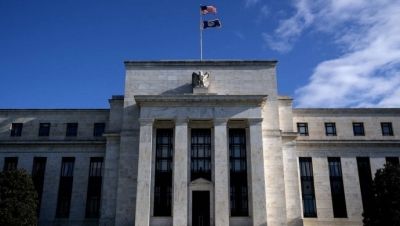Current and next 3-year effects… As of 31 October 2022, central government debt stock stood at TL 3,807.8 billion. 1,313,5 billion TL of the debt stock is in Turkish Lira and 2,494.2 billion TL is in foreign currency. Although the average time to maturity of the central government debt stock increased to 6.4 years by continuously extending until 2017, the average maturity decreased again after 2018 and decreased to 5.5 years as of October 2022. The average maturity of the domestic debt stock was 3.6 years (2017: 4.2) in October 2022, and the average maturity of the external debt stock was 7.3 years (2017: 9.9).
The maturity of public debt is one of the most important tools of debt management. Since the market value of long-term borrowing is more sensitive to changes in interest and inflation rates due to shocks, governments prefer long-term borrowing. Long-term borrowing is the best way to offset the negative impact of interest rate shocks on the budget. However, instability in the economic order, uncertainty and volatility in the interest/inflation structure may cause short-term debt weighting, which makes long-term borrowing difficult and leads to the risk of public debt not being rolled over.

Average time to maturity of central government debt stock… Source: Ministry of Treasury and Finance
Interest/expense profile. In an economy with a budget deficit, the Treasury needs to borrow. This borrowing is done in the form of domestic and foreign borrowing. While domestic borrowing is made by resident persons and institutions (this can be in TL or foreign currency), external borrowing is made by those residing abroad (this can be in both foreign currency and TL).
The recent increase in exchange rates compared to previous years has led to an increase in the amount of the foreign currency part of the debts corresponding to TL. In most of these periods, since the interest rates were not set at the required level, the rise in foreign exchange became continuous, the increasing risk and instability made external borrowing costly, and the constant rise in exchange rates increased the burden of principal and interest paid.

Comparison of Turkey's gross external debt stock with gross foreign debt stock / GDP (%)… (***) In accordance with the Presidential Decision dated 04 December 2019 and numbered 1814, “Turkiye Vakıflar Bankası T.A.O.” As of the 4th quarter of 2019, the external debt data of the institution started to be followed in the public sector classification. (****) The Public Sector Classification has been updated as of the first quarter of 2020 within the framework of the “Statistical Classifications Regulation” published in the Official Gazette dated 28 January 2020 and numbered 31022 (repeated). Source: Ministry of Treasury and Finance, Tera Yatırım
As the elections planned to be held in the middle of 2023 are approaching, it is understood that budget expenditures will increase within the framework of expenditures made in line with state supports and social assistance. We can think that the Treasury will increase borrowing within the framework of the decrease in CDS and bond yields. Increasing inflation and the country's risk cost may increase the interest burden due to the increase in borrowing costs and shortening of maturities. The interest burden of Treasury borrowings may remain high due to the CPI.
Conclusion? Turkey, which has a short-term foreign debt of 185.9 billion dollars and whose current account deficit is expected to remain around 40-50 billion dollars until the elections, has a great need for foreign exchange. The CBRT's reserves are insufficient, and as a result, capital constraints are imposed, forcing businesses to convert their FX assets into FX-protected debt. This mechanism works well enough to maintain short-term stability in the currency markets. But the main goal is to win the election, which will require more economic dynamism. Open spending and cheap loans from state banks are the main tools at the government's disposal. The CBRT's policy rate has already fallen to 9% and will remain at these levels for a while. The most important side effect of all these policies is the increase in demand for foreign exchange assets.
Kaynak: Tera Yatırım-Enver Erkan
Hibya Haber Ajansı
























